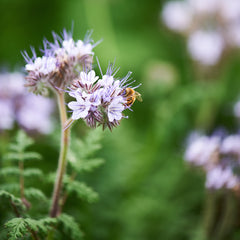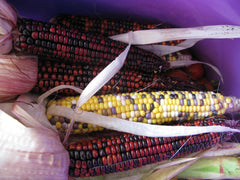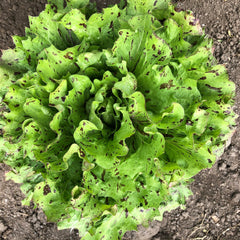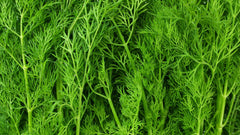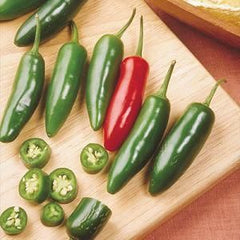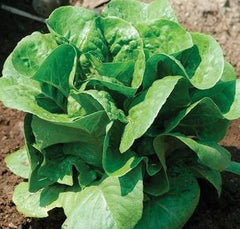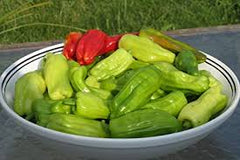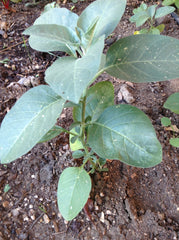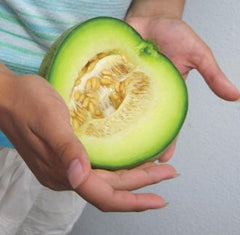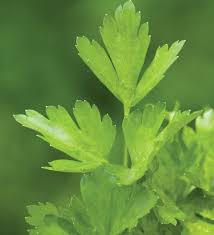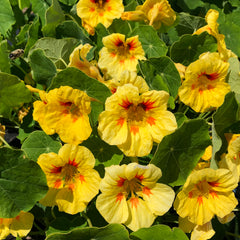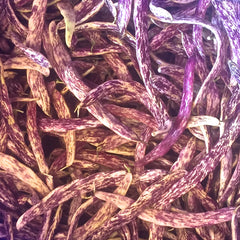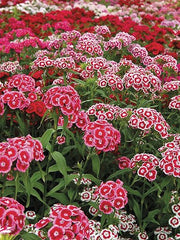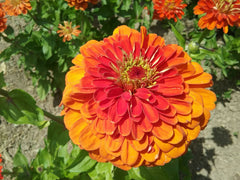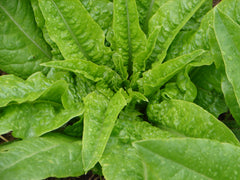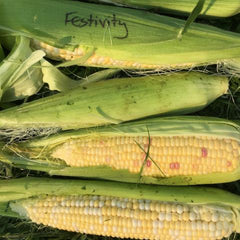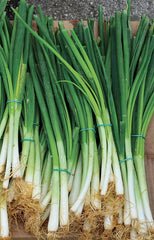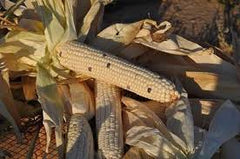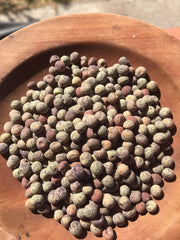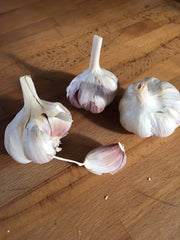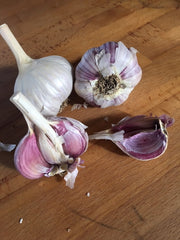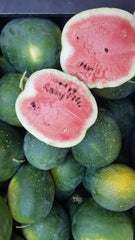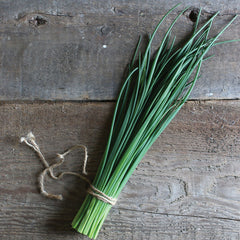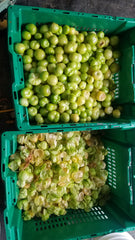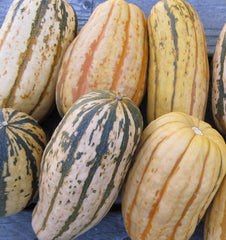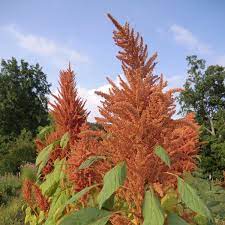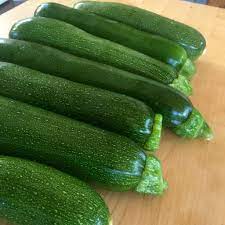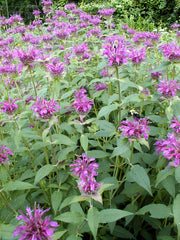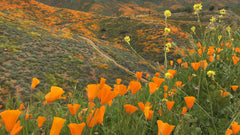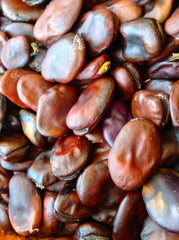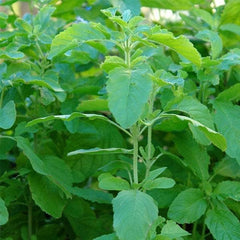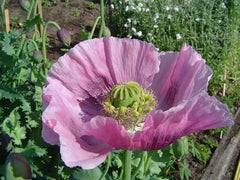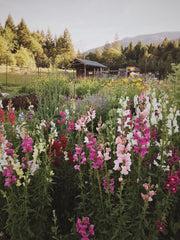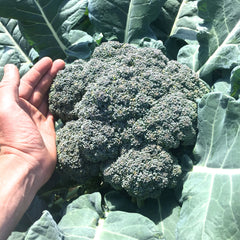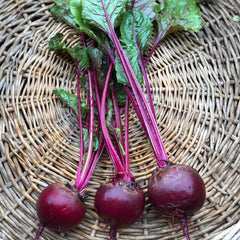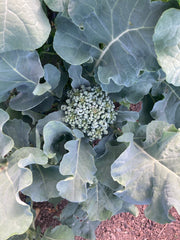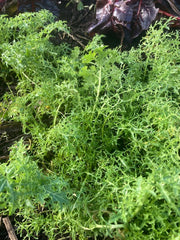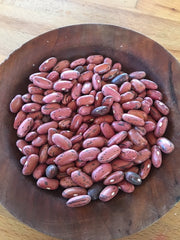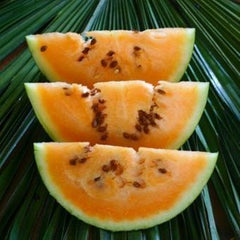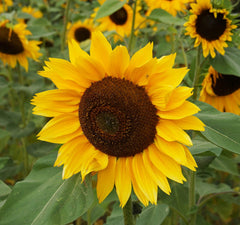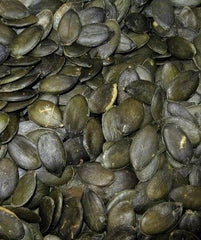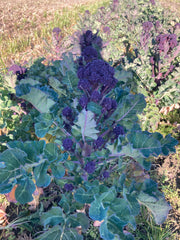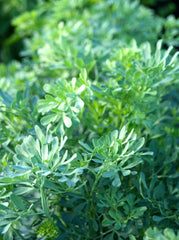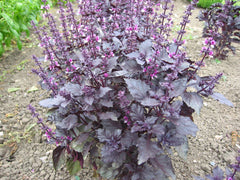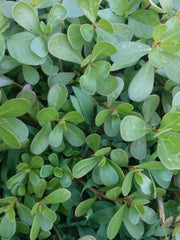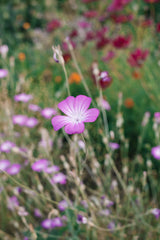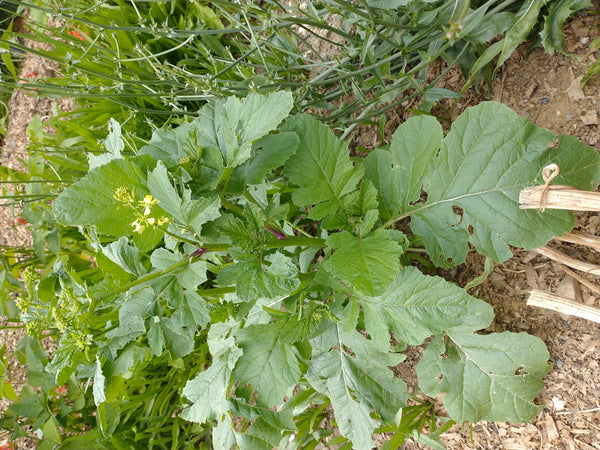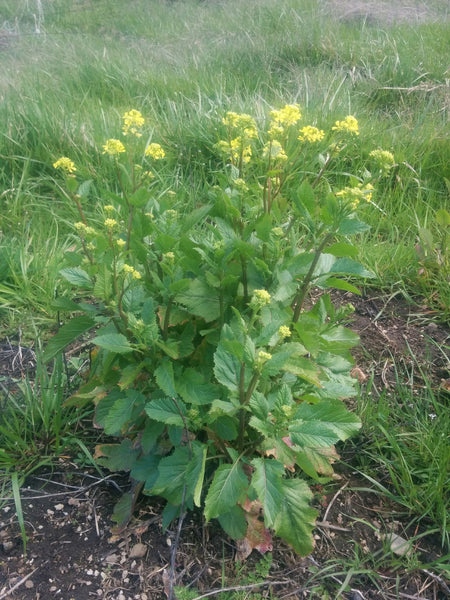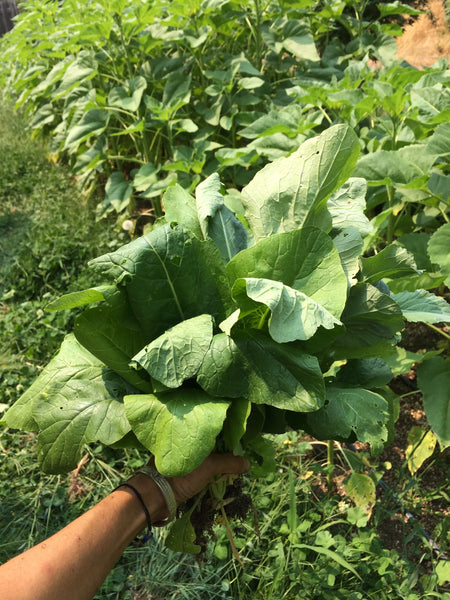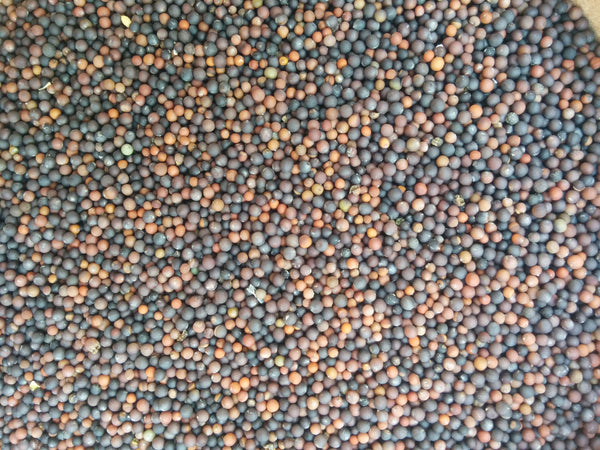Wild Mustard
Brassica rapa
HOW TO GROW WILD MUSTARD
Wild mustard, or field mustard is a common weed that grows well in sun, disturbed soils, fields, waste areas, and on roadsides. Propagate by seed 1/4” deep, either by direct sowing outdoors or starting indoors. Frost hardy, drought tolerant. Plants will flower and set seed in their second year of growth. Soil pH 4.8-8.5. Hardiness zones 6-11. Biennial.
Usual seed life: 5 years.
Planting Depth 1/4"
Plant Spacing 12-24”
Row Spacing 24-36”
Storage Refrigerate
Full Sun, Moist Well Drained Soil
Usual seed life: 5 years.
Planting Depth 1/4"
Plant Spacing 12-24”
Row Spacing 24-36”
Storage Refrigerate
Full Sun, Moist Well Drained Soil
- 100 Seeds$3.50
- 1000 Seeds$10.50
Wild Mustard, sometimes called field mustard, is a selection of our local adapted Wild Mustard here in Southern Oregon. For us here in zone 7, this mustard has been reliable, vigorous, resistant to pest and diseases and very cold hardy.Wild Mustard has become a regular staple in our diet and we enjoy the mild greens...
Wild Mustard, sometimes called field mustard, is a selection of our local adapted Wild Mustard here in Southern Oregon. For us here in zone 7, this mustard has been reliable, vigorous, resistant to pest and diseases and very cold hardy.Wild Mustard has become a regular staple in our diet and we enjoy the mild greens (as far as mustard greens go) in gentle soups, sauteed with vinegar and soy sauce, or added to any number of soups, stews, omelettes, etc. You can easily replace kale or spinach in most recipes 1-1 with wild mustard, and because of their mustardy flavor, they really shine in dishes that call for any number of Asian mustards such as pac choy.In our climate, the mustard thrives in the fall and early spring and that's when the greens are their mildest. Wild mustard puts on most of the growth in the cooler shoulder seasons. You can get greens year round if you want, but the plant wants to flower in the hotter seasons. So we go with the flow, eat in season, and enjoy greens during the cooler months.The young, unopened flower bud clusters and young supple flower stalks are also a delicacy which we include in soups or fry up as their own vegetable with noodles (e.g. inspired by pad see ew) or on their own.In the summer we are collecting mustard seed heads, threshing and winnowing or screening off the lighter chaff, and we are left with a beautiful mustard seed with a moderate level of spiciness. The colors of the mustard seed are diverse and range from yellow to dark brown, non-uniformity an indicator of the genetic diversity available in this stable land race of mustard, from which we have selected our wild garden companions.We enjoy the mustard seed in curries especially, but can be used anywhere mustard seed is called for, including making your own deli mustard or prepared mustard from scratch! Tags: Harvest: Early, Color: Green, Size: Large, Specialty: Drought Tolerant, Season: Spring Fall.
Wild, or Field Mustard is the origin of many varieties in the Brassicaceae family, including turnips, bok choy, and canola. Originally from Europe, and pervasive in temperate climates.
Wild, or Field Mustard is the origin of many varieties in the Brassicaceae family, including turnips, bok choy, and canola. Originally from Europe, and pervasive in temperate climates.
Learn More
Meet Your Farmer
We promote fair trade, organic practices and environmental responsibility throughout the Restoration Seeds supply chain. Below are the family farmers and seed suppliers who bring our open pollinated seeds to you.
Idyllwild
Conventional
Seed grower since 2018
![]()
Idyllwild was born of our joyful curiosity and celebration of nature’s diverse gifts. Following nature’s model of open dispersal and dissemination, we share these seeds with you and invite you to play in the garden of abundance. We learn from nature and she has taught us to live and think in terms of “abundance” instead of “scarcity”. Diversity - in all forms, from genetic to creative expression - is the heart of resilience. We enjoy experimenting with myriads of flavors, colors, and textures and the world opens to us in infinite possibilities. As a result, we are nourished in body, mind, and spirit.
Reviews
